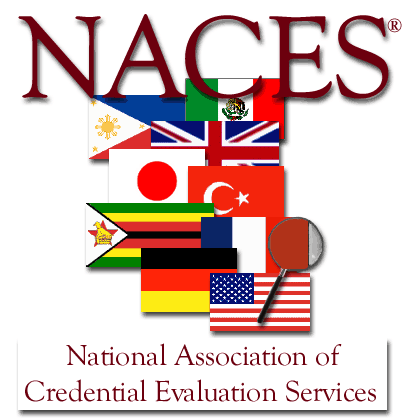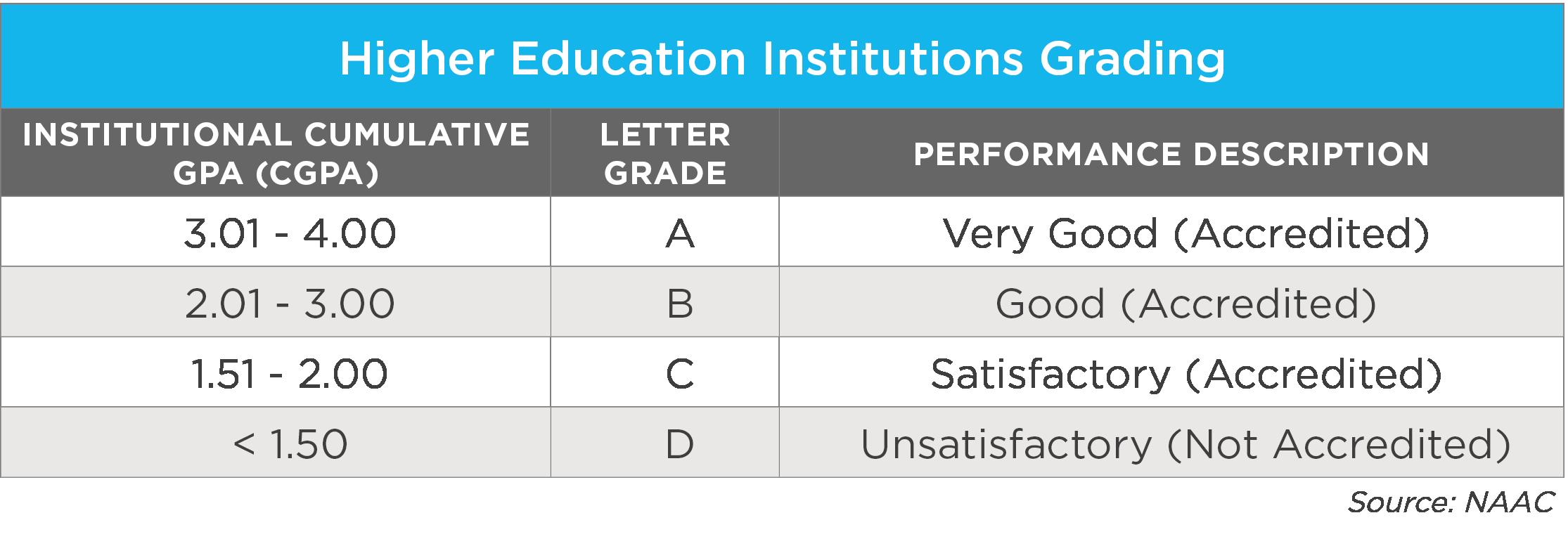NACES
Home | Study Abroad | Study in USA | NACES
NATIONAL ASSOCIATION OF CREDENTIAL EVALUATION SERVICES (NACES)

WES POLICY ON SELECTED THREE YEAR BACHELOR'S DEGREES FROM INDIA
Member since May 2009
Academic Evaluation Services, Inc.
Member since May 2008
Center for Applied Research, Evaluation and Education, Inc.
Member since March 1987
Educational Credential Evaluators, Inc.
Member since March 1987
Member since April 2003
Educational Records Evaluation Service, Inc.
Member since April 1993
Member since June 1991
Foreign Academic Credential Service, Inc.
Member since March 1987
Foundation for International Services, Inc.
Member since March 1987
Global Credential Evaluators, Inc.
Member since March 2004
Member since May 2022
Institute of Foreign Credential Services, Inc.
Member since May 2022
International Academic Credential Evaluators, Inc.
Member since May 2006
International Consultants of Delaware, Inc.
Member since March 1987
International Education Evaluations, Inc.
Member since May 2018
International Education Research Foundation, Inc.
Member since March 1987
Josef Silny and Associates, Inc. International Education Consultants
Member since April 1989
SpanTran: The Evaluation Company
Member since April 1996
Member since September 2011
World Education Services, Inc.
Member since March 1987
Study in USA
- Study in USA
- Map of USA
- Flow Chart
- Education System
- Application Process
- Universities List
- Useful Links – USA
- Visa
- Emergency Student Visa
- Students with15 years of education
- GRE/TOEFL/IELTS/SAT/GMAT REPORTING
- Useful Information
- Prerequisite Exams
- Scholarships
- Housing
- Diff Between SOP and Personal Statement
- Post Doctoral Options for Physical Therapy
- NACES
- OPT/CPT
- CASPA
- Glossary
- CA Equivalent to PG


